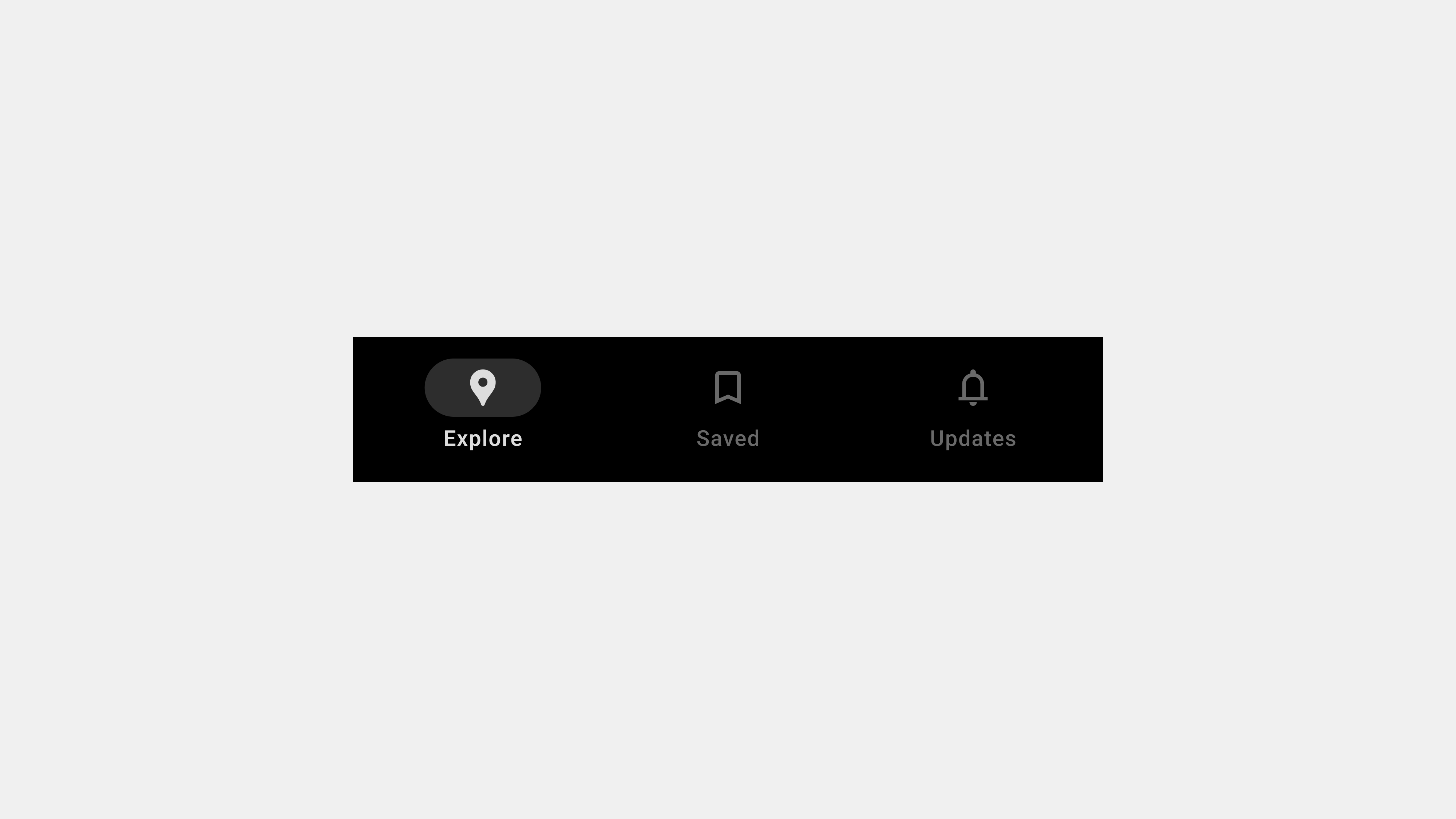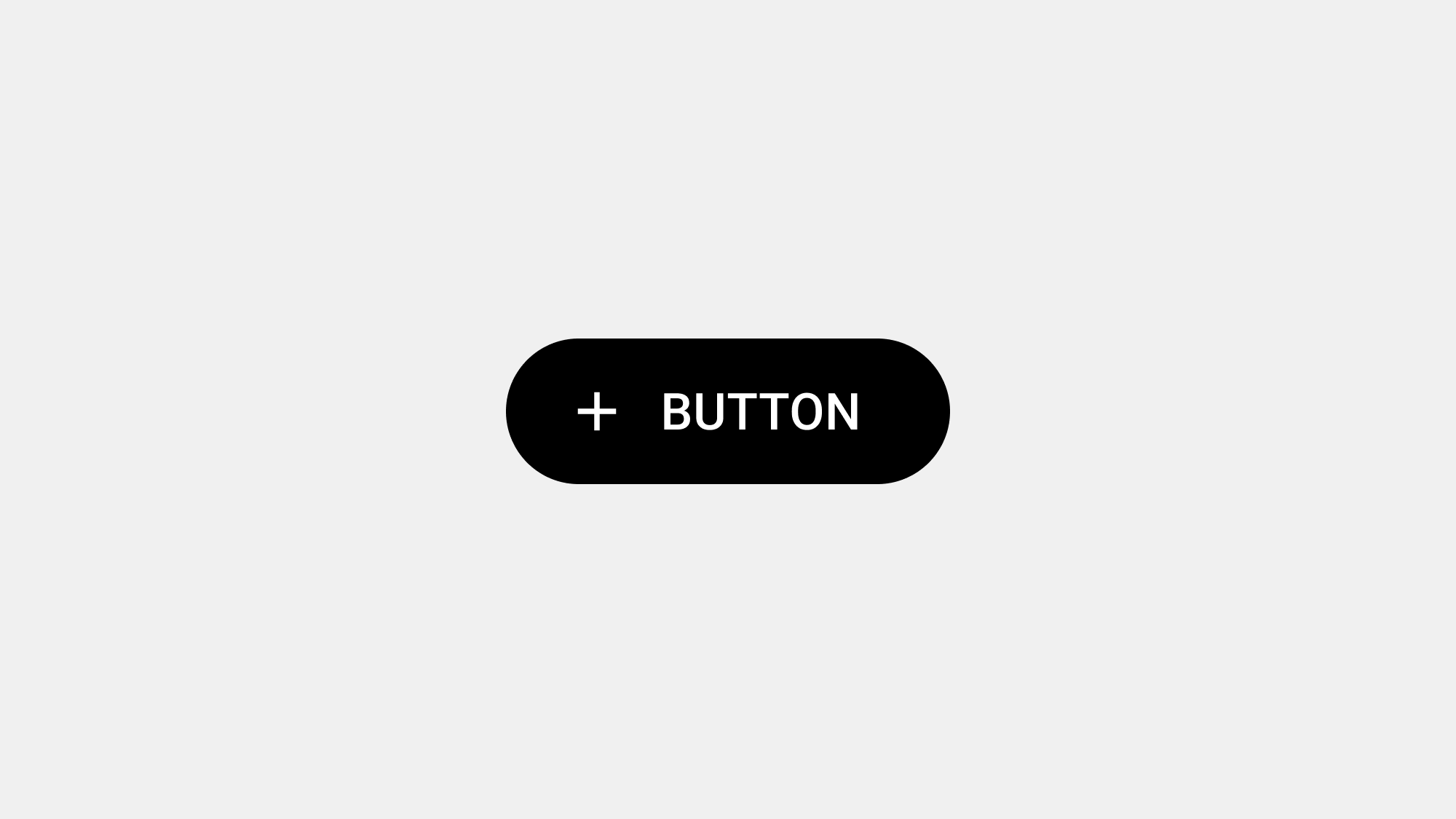Designing User-Centric Tab Bars: 5 Key Considerations
Tab bars are essential navigation tools in modern UI/UX design. They allow users to switch between primary sections of an application efficiently, providing a consistent and intuitive experience. When designing tab bars with a user-centered approach, it’s critical to prioritize usability, accessibility, and clarity. This article explores five key considerations for creating user-centric tab bars and how they contribute to a seamless user experience.
1. Simplicity and Clarity
Why It Matters
Simplicity and clarity are the foundations of an effective tab bar. Overloading the tab bar with too many options or using ambiguous labels can confuse users and diminish the overall experience.
Key Principles
- Limit the Number of Tabs: Use 3-5 tabs to avoid overwhelming users.
- Use Clear Labels: Pair icons with descriptive text to ensure users understand the purpose of each tab.
- Avoid Overcrowding: Group secondary options into an overflow menu if needed.
How to Implement
- Conduct usability tests to ensure labels are intuitive and easily understood.
- Choose universally recognized icons that align with user expectations.
- Use a consistent design style for all tabs to enhance visual clarity.
Example
In a social media app, tabs like “Home,” “Search,” “Reels,” and “Profile” clearly indicate their function, ensuring ease of navigation.
2. Accessibility and Inclusivity
Why It Matters
An inclusive tab bar ensures all users, including those with disabilities, can navigate the application effectively. Ignoring accessibility can alienate users and reduce engagement.
Key Principles
- Screen Reader Compatibility: Use ARIA roles and labels to make tabs accessible to visually impaired users.
- Keyboard Navigation: Ensure users can navigate tabs using a keyboard alone.
- High Contrast: Provide sufficient contrast between tabs and the background to enhance visibility.
How to Implement
- Add focus indicators to show the current tab for keyboard and screen reader users.
- Test the tab bar with assistive technologies like NVDA or VoiceOver.
- Follow WCAG guidelines to ensure color and contrast meet accessibility standards.
Example
A fitness app ensures users can navigate tabs like “Dashboard,” “Workouts,” and “Profile” with screen readers that announce each tab’s label and active state.
3. Ergonomic Design for Mobile Devices
Why It Matters
Most tab bars are used on mobile devices, where ergonomic design plays a significant role in usability. A poorly positioned or difficult-to-use tab bar can frustrate users.
Key Principles
- Placement for Thumb Reach: Position the tab bar at the bottom of the screen for easy access.
- Touch-Friendly Targets: Ensure tabs are large enough for touch interactions.
- Spacing and Alignment: Avoid overcrowding tabs to prevent accidental taps.
How to Implement
- Use tools like heatmaps to analyze user interaction patterns.
- Test the tab bar on various screen sizes and orientations.
- Optimize for one-handed use by maintaining a consistent bottom placement.
Example
An e-commerce app positions tabs like “Shop,” “Cart,” and “Orders” within thumb reach, making navigation seamless even on larger devices.
4. Feedback and Contextual Awareness
Why It Matters
Users rely on feedback to understand their location within an application. Without clear indicators, users may feel lost or disoriented.
Key Principles
- Highlight Active Tabs: Use visual indicators like color changes, bold text, or underlines to show the active tab.
- Provide Transitions: Use animations for smooth transitions between tabs.
- Error and Loading States: Show feedback for tabs with delayed or unavailable content.
How to Implement
- Use subtle animations to provide a responsive feel when switching tabs.
- Display loading spinners or error messages for tabs fetching dynamic content.
- Ensure active tabs are visually distinct from inactive ones.
Example
In a travel app, the “Flights” tab highlights with a distinct color and a loading spinner when fetching real-time flight details.
5. Consistency and Scalability
Why It Matters
Consistency ensures users can navigate the app predictably, while scalability prepares the tab bar for future growth without redesigns.
Key Principles
- Consistent Design Language: Use the same style for tabs across all screens.
- Scalable Architecture: Plan for additional tabs or features without cluttering the interface.
- Cross-Platform Uniformity: Maintain a consistent experience across mobile, tablet, and desktop.
How to Implement
- Use a design system to maintain visual and functional consistency.
- Incorporate an overflow menu for future tabs or secondary features.
- Test the tab bar across multiple devices and platforms to ensure uniform behavior.
Example
In a project management app, tabs like “Tasks,” “Calendar,” and “Messages” are visually consistent across mobile and desktop, with secondary options grouped under an overflow menu.
Conclusion
Designing a user-centric tab bar requires attention to simplicity, accessibility, ergonomics, feedback, and scalability. By prioritizing these five key areas, designers can create tab bars that enhance usability and provide a seamless navigation experience. A well-designed tab bar not only meets user expectations but also adapts to future needs, ensuring long-term satisfaction and engagement.

